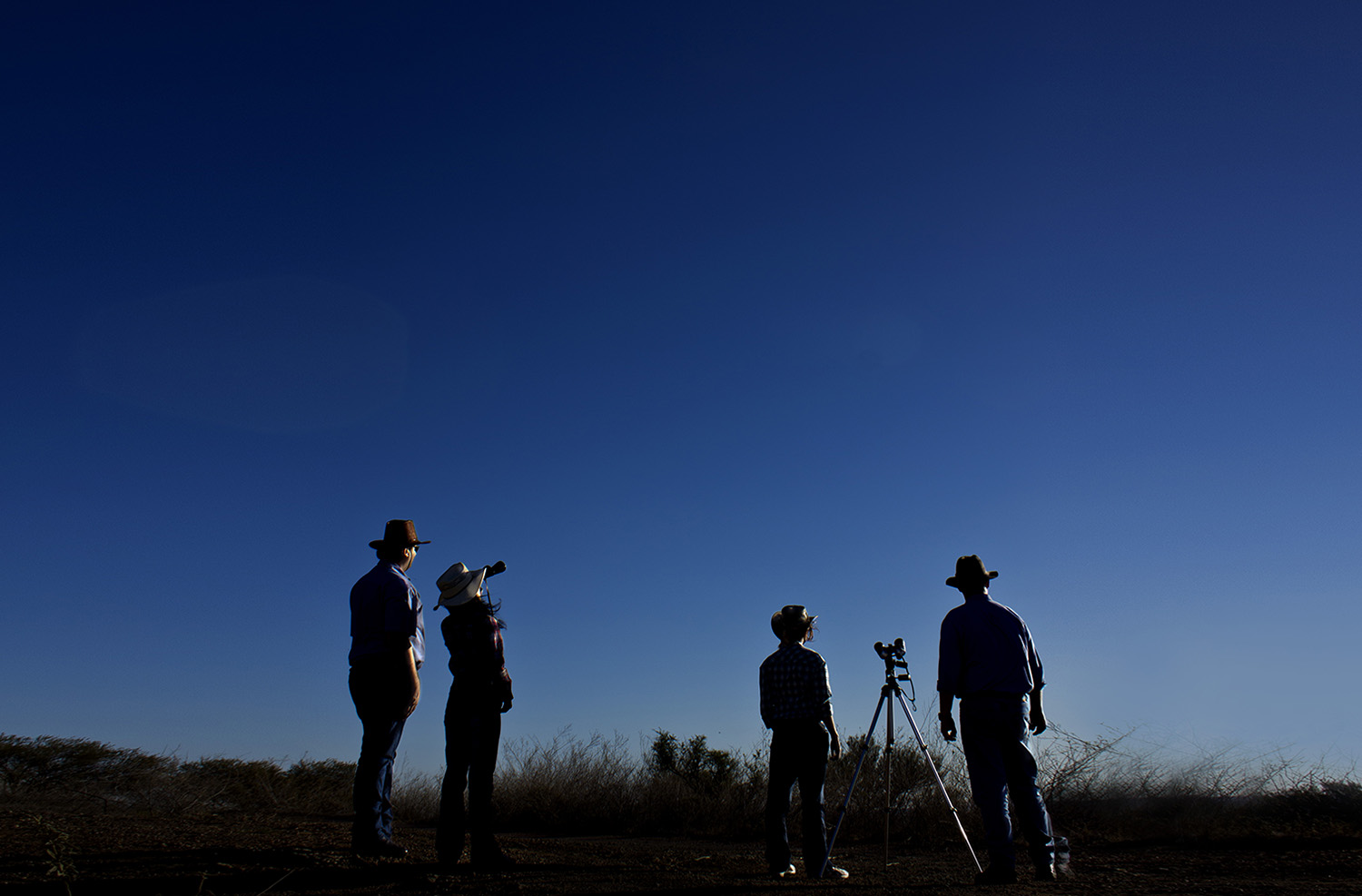
Wee Coonabarabran in the state's north has a population of only 3200 but proudly wears the title 'Astronomy Capital of Australia'. It's widely recognised as an ideal place for stargazing thanks to its pristine air, high altitude (505m) and low humidity. And yes, the town's name is a mouthful, so locals simply call it Coona.
Coona's skies are so clear, the Australian National University chose to set up Siding Spring Observatory some 27km west of the town, on the edge of the beautiful Warrumbungle National Park. The site is home to telescopes belonging to national and international institutions and includes the 3.9m Anglo-Australian Telescope , the largest optical (visible light) telescope in Australia.
Siding Spring is a working research observatory and has no public stargazing facilities, but there's a visitors centre where you can boggle your mind with solar system facts and figures and be impressed by the scientific output of the site's observatories. For visitors who want to view the heavens firsthand, Coona has a few private observatories offering affordable, family-friendly night sky shows (note that you'll need to phone first, as conditions need to be right for shows to operate).
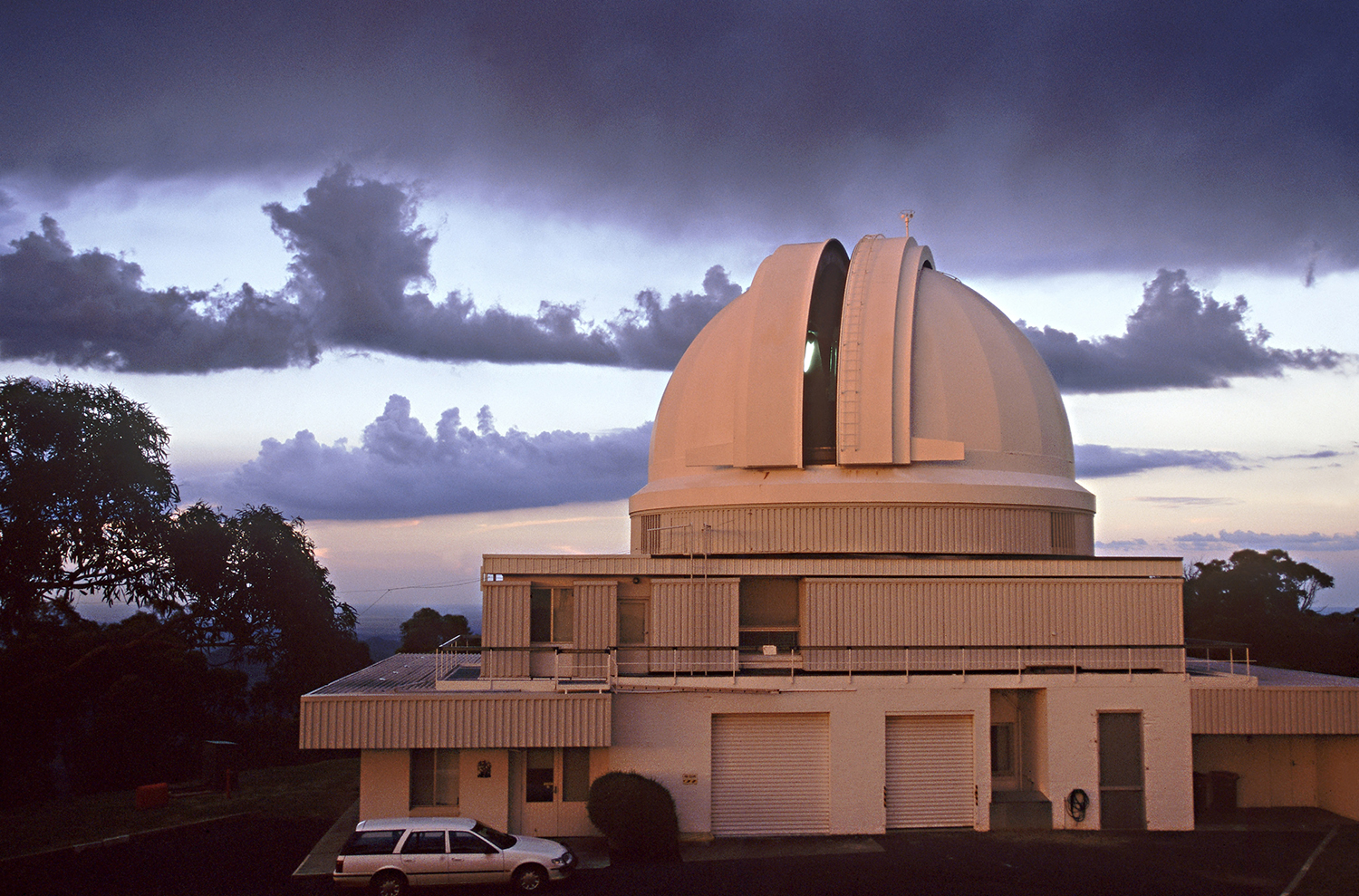
The new Milroy Observatory offers the largest public-access telescope in the southern hemisphere. It's a 40-inch device that was decommissioned from Siding Spring and moved to its current location on a hilltop about 10km outside Coona. The astronomer-in-charge here, Cam Wylie, runs regular 90-minute sessions. In the past, Cam has run roving astronomy shows in the Australian outback and has even set up telescopes on city streets for a spot of 'astronomy busking', so he knows his stuff and how to communicate it. Bring your own DSLR camera and Cam will also help you take a brilliant astro-photograph. Milroy Observatory can cater to groups (it welcomes astronomy societies and university groups) with a luxurious six-bedroom house on its rural property.
If your mind struggles to comprehend the enormity of space, a local initiative strives to put things in perspective. The 'World's Largest Virtual Solar System Drive' incorporates five driving routes (from Tamworth, Dubbo and other regional centres) that converge on Siding Spring (acting as the 'sun' in this scenario) and show the nine planets (yes, even Pluto) on billboards, complete with sizes and distances in correct proportion, albeit scaled down 38 million times.
Another option for broadening your knowledge is to visit in October, when the Warrumbungle Festival of the Stars celebrates the region's love of astronomy, with guest speakers and open days at the observatories, among other events.
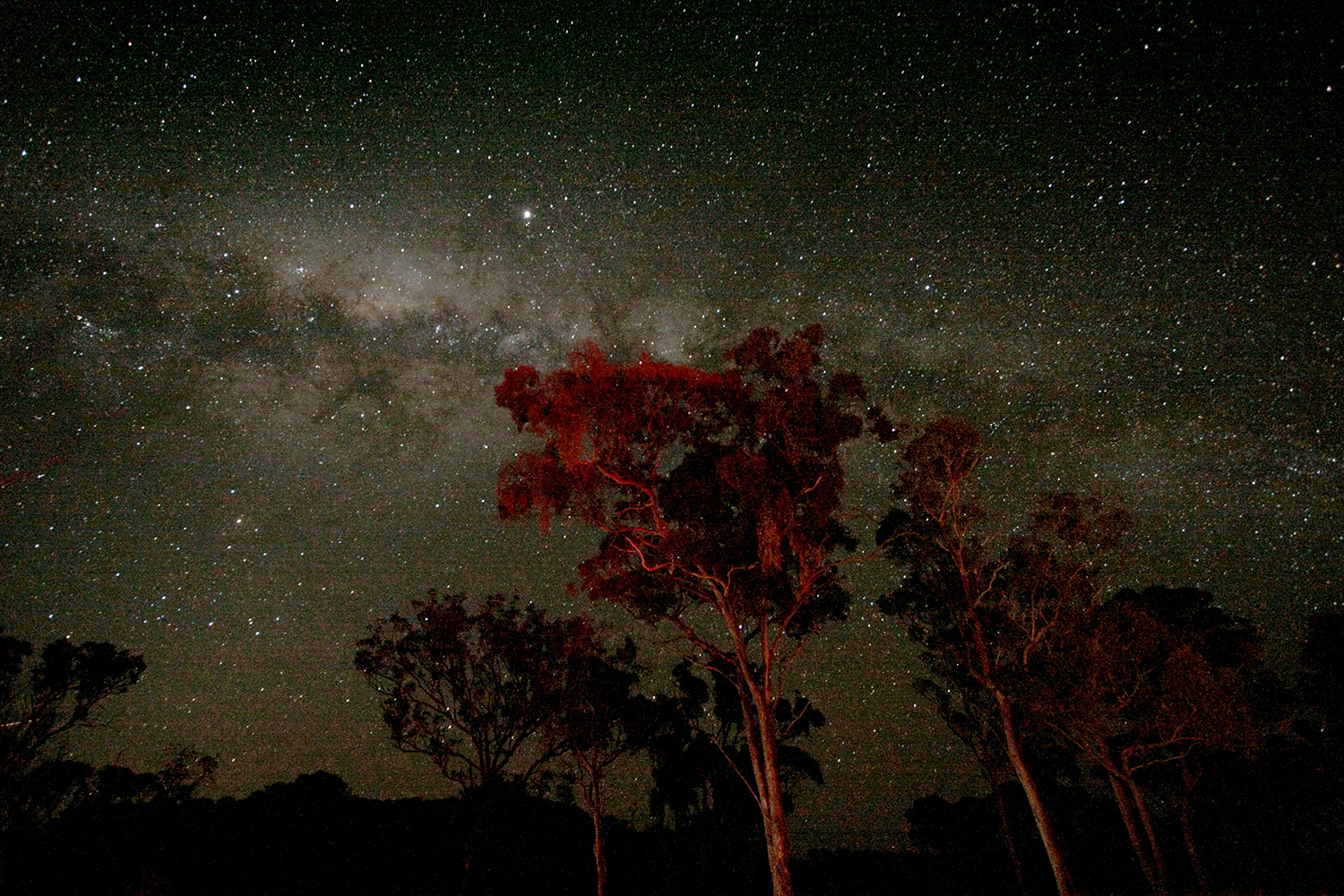
Broken Hill takes remoteness to a new level. This fascinating frontier town lies more than 1100km west of Sydney (it's closer to Adelaide, 500km south, or even Melbourne).
The Hill is surrounded by vast tracts of outback desert and little else, making it a great place to experience inky black skies and celestial splendour. A new company, Outback Astronomy , runs night sky viewing shows, where enthusiastic presenter Linda Nadge points out constellations and various features visible to the naked eye, and also through powerful binoculars (provided).
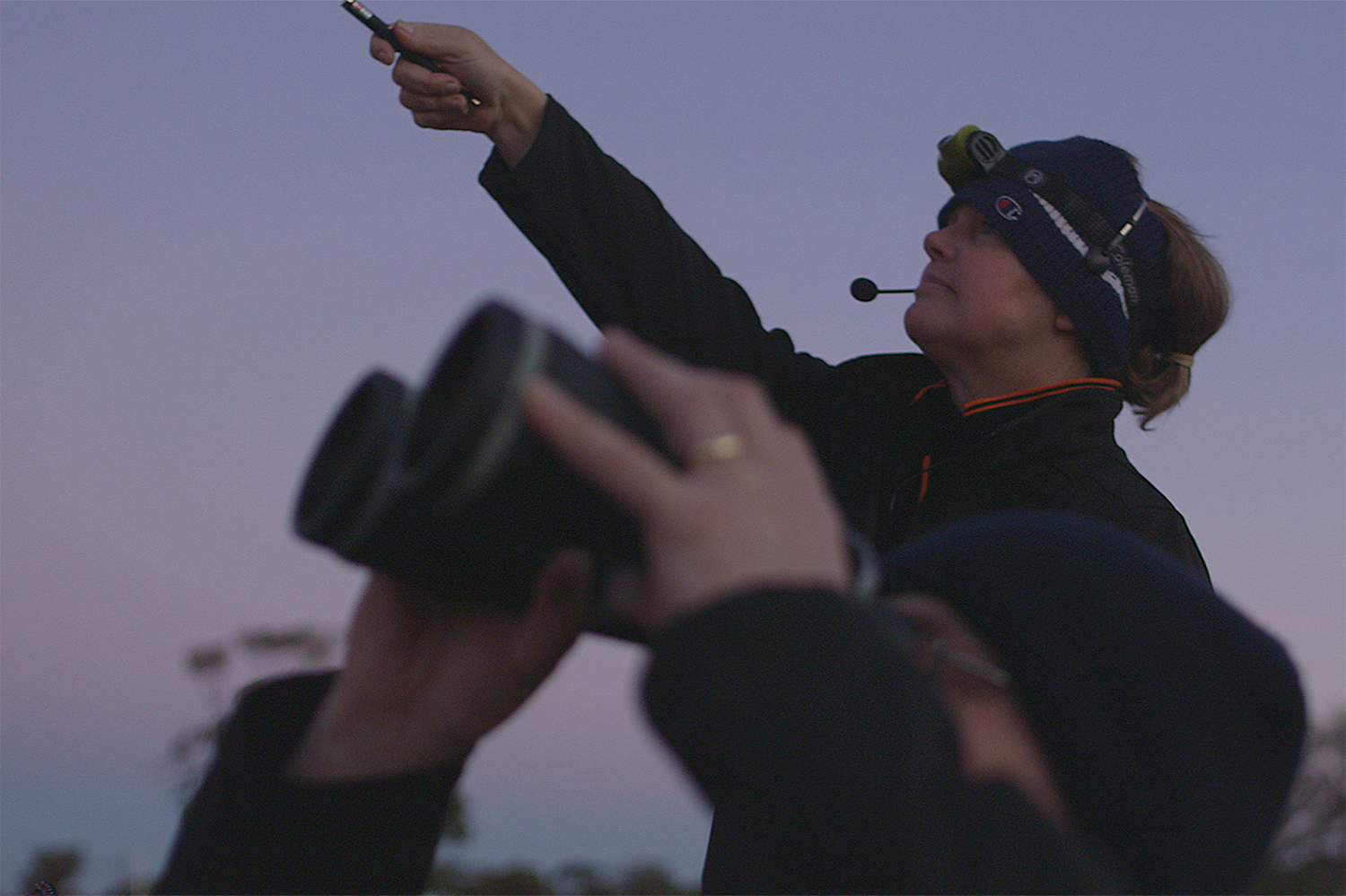
Viewing is from the comfort of a lounge chair in the great outdoors (dress appropriately, especially on winter nights), at the racecourse on the edge of town, with narration via a headset. In the course of a show, questions are taken and topics can range from star clusters and constellations to space mining and Aboriginal night-sky mythology.
Check the calendar of forthcoming shows on Outback Astronomy's website. It pays to note that there are no events during the brightest phase of the moon, or when the weather is bad (like the rare occasions Broken Hill receives rain). In time, Linda hopes to build an observatory, but there's something pretty special about sitting in the great outdoors, miles from any city, and admiring the heavens. On the night we attended, a lightning storm in the distance added an extra element of drama.
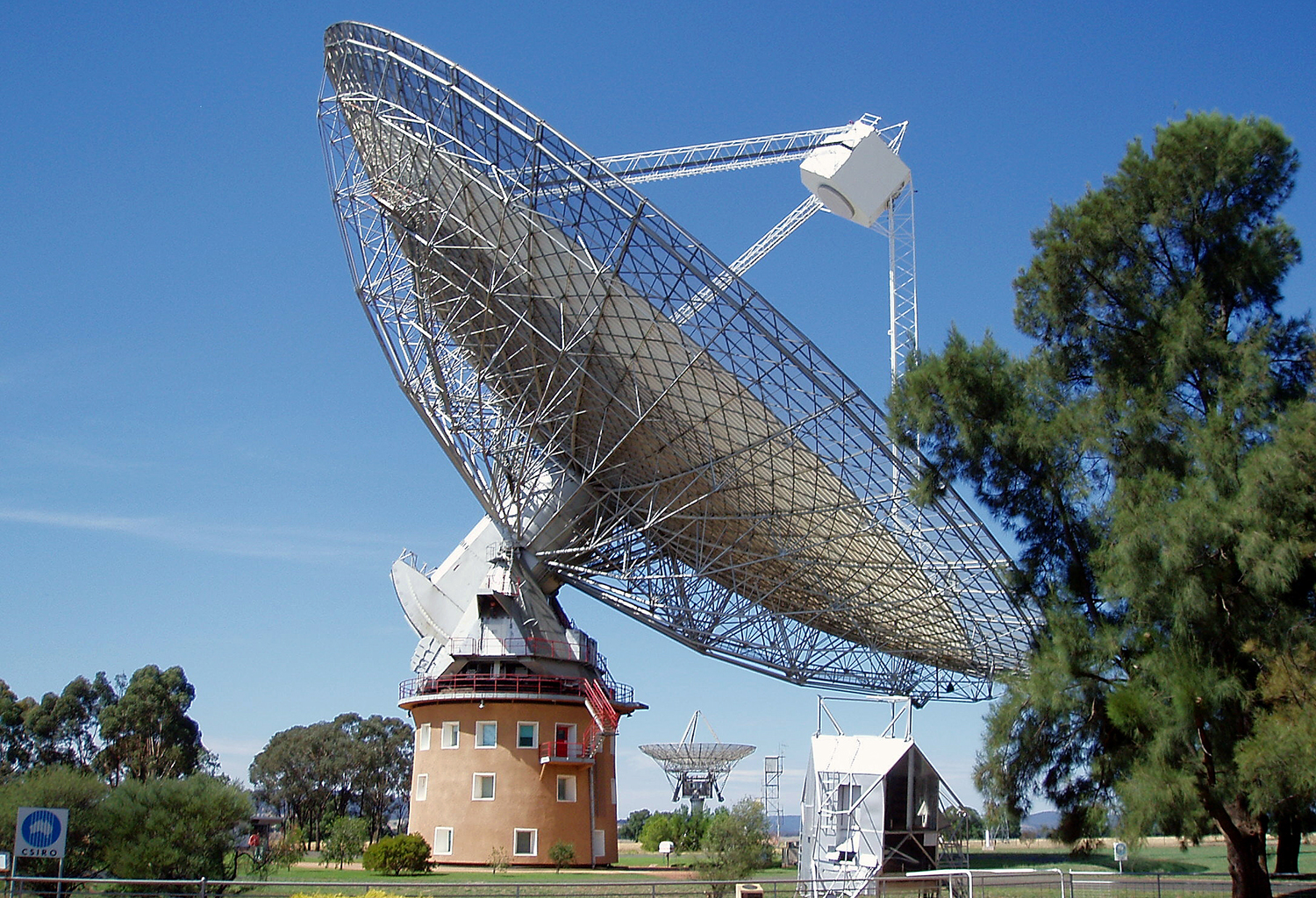
The Dish
The large radio telescope 20km north of Parkes became famous thanks to the Australian film The Dish (2000), which told a (somewhat fictionalised) account of the telescope's role in relaying live footage of the Apollo 11 moon landing in 1969. There's no stargazing here, but there's a good visitors centre with plentiful space info, a 3D theatre, and good explanations on radio astronomy (for the novice, it's the study of radio waves that come from celestial objects).
Nocturnal activities
For nighttime adventures and DIY naked-eye stargazing, there are loads of great, isolated pockets of NSW. Many of the state's national parks enjoy skies free from light pollution.
In Dubbo, camping inside the Taronga Western Plains Zoo will give you a taste of safari life, including guided evening walks. In Bourke, 'Poetry on a Plate' is staged three nights a week from April to October and provides a fun campfire experience under starlit skies, complete with bush ballads and a slow-cooked meal. In Lightning Ridge, enjoy heavenly vistas while soaking in the unique open-air artesian bore baths , open 24 hours and free of charge. The 41.5-degree, mineral-rich water is drawn from 1200m below ground.